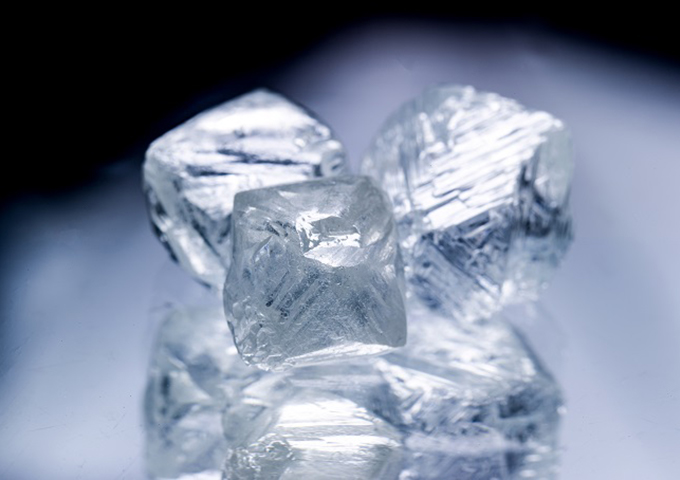Expanding the definition of conflict diamonds will remain a priority agenda in the next Kimberley Process (KP) review cycle since no concrete decision was made in the recently held 2021 KP plenary. The World Diamond Council (WDC) however cited “progress” toward this direction.
Speaking to diamond industry stakeholders at the plenary’s closing session on November 12, WDC President Edward Asscher said he is cautiously optimistic about reaching a consensus on widening the scope of conflict diamonds, noting that he was encouraged by the adoption of the so-called Declaration on Supporting Principles for Responsible Diamond Sourcing as Best Practices.
“This is a positive step that further highlights the important role of the KP in stemming the flow of conflict diamonds,” stated Asscher. “We would have liked to have already reached a decision, but recognise that, while this has not yet been possible, we have made progress on the procedure.”
WDC earlier introduced its revised System of Warranties (SoW) – a self-regulation system to ensure that diamonds being sold comply with Kimberley Process Certification Scheme (KPCS) requirements. Unlike KPCS however, SoW covers a wider range of goods, including polished and mounted diamonds.
Asscher also announced the KP’s decision not to expand so-called green zones in the Central African Republic or CAR in light of continued security concerns. Green zones refer to areas where rough diamonds can be legally exported.
“It is our fervent hope that your entire country will be considered a ‘green zone’ in the not distant future, and we will do whatever we can as the WDC to support progress towards that,” added Asscher. “The rules and procedures of the KP must take priority. They ultimately are what will make this happen.”
A hybrid version of the annual KP Plenary was held from November 8 to 12, organised by outgoing KP chair, the Russian Federation.









